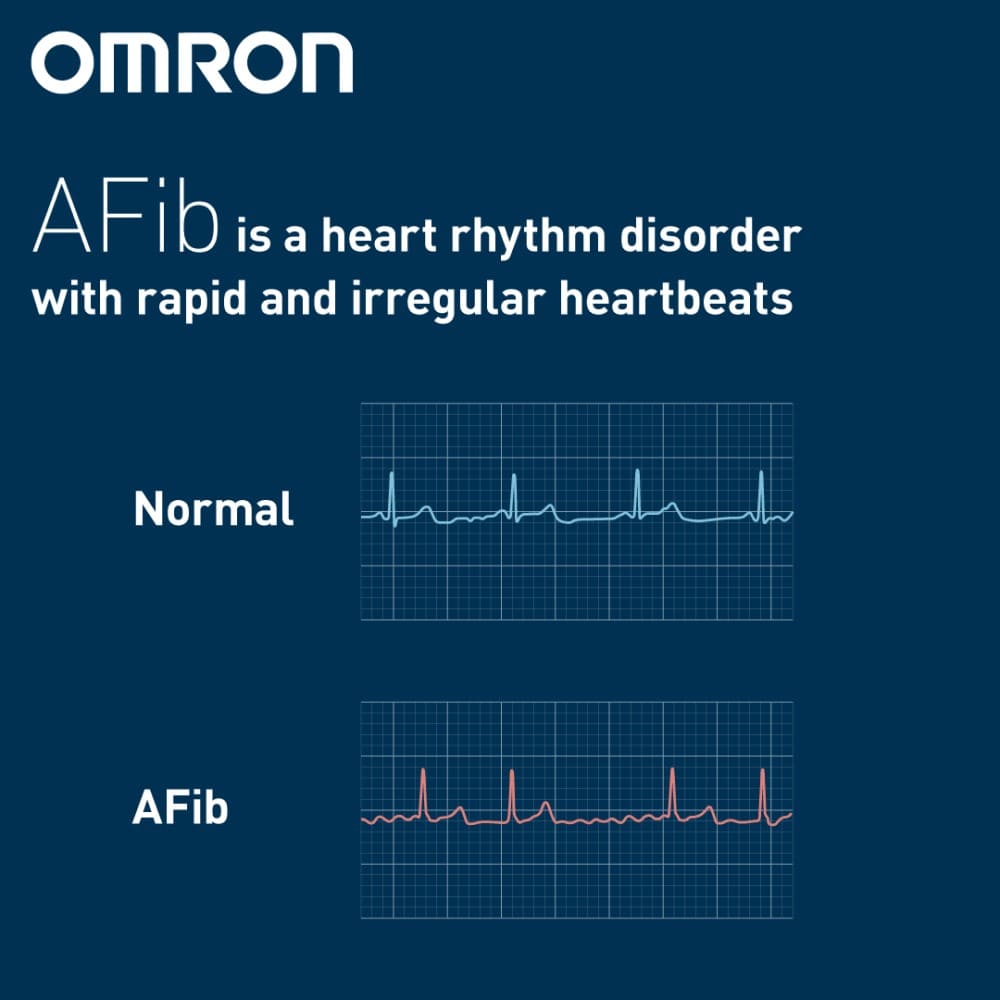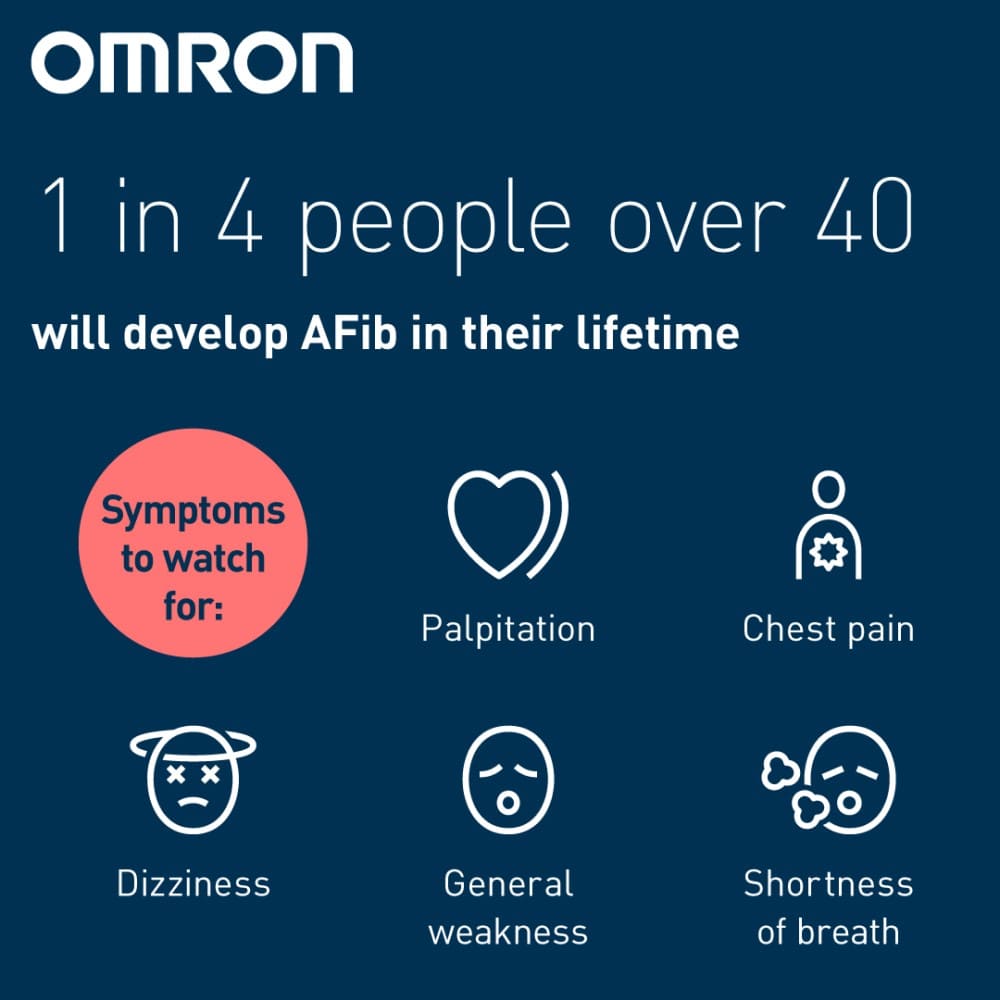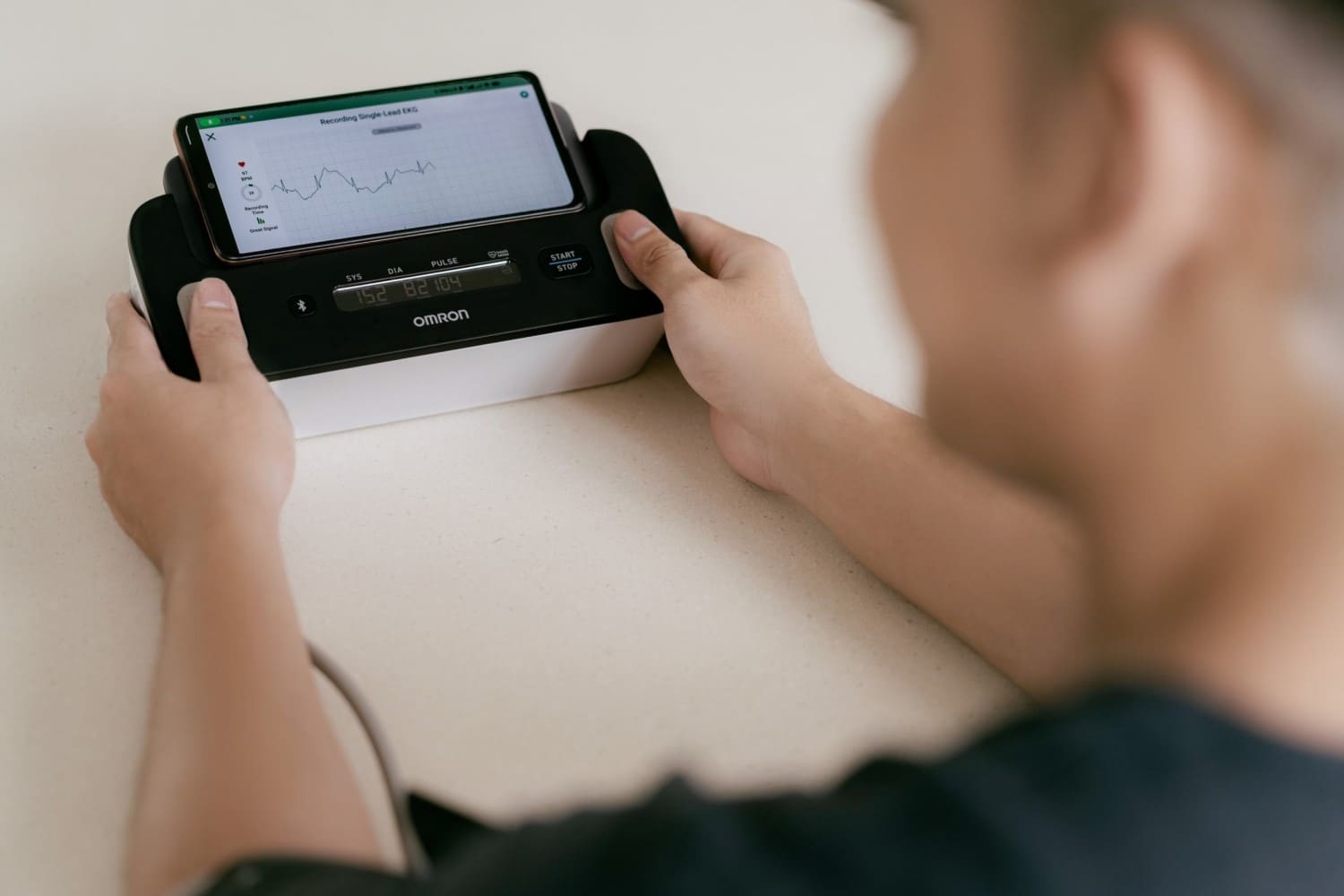This article is medically reviewed by Dr Valery Feigin | Professor of Neurology & Epidemiology and Director of NISAN (National Institute for Stroke and Applied Neurosciences), Auckland University of Technology.
Have you ever thought that you could compensate for lost sleep today by taking a nap the following day? Undoubtedly, we’ve all been there, there are bound to be days when we crave naps at odd times of the day and that is completely fine if it is done in moderation. However, we should be conscious of the amount of time allocated to napping as a recent study by the European Society of Cardiology indicated that long daytime naps are linked to an increased risk of developing atrial fibrillation (Afib).
What exactly is Afib?
Afib is a type of irregular heartbeat. When experiencing Afib, the upper parts of the heart, called the atria do not beat in sync with the lower parts, called the ventricles. The result of this is that the heart beats quickly and unevenly instead of maintaining a normal, steady rhythm. Due to this irregular beating, the atria cannot pump blood properly into the ventricles.
The most obvious symptom of Afib is heart palpitations. This is when the heart feels like it's pounding, fluttering, or beating irregularly, often for a few seconds or possibly a few minutes.


Why is Afib so dangerous?
Increased risk of stroke
Stroke, the life-threatening medical condition that we have all heard of, is expected to affect 25% of people around the world. However, the fact is that individuals with Afib are more susceptible to ischemic strokes than an average person because clots formed as a result of Afib are broken off and travel to your brain. Couple this daunting fact with the prevalence of stroke globally, and we are dicing with death.
Heart Attack
With the similarities between Afib and heart attack symptoms such as shortness of breath, chest pain, or discomfort, it is difficult to tell the difference between the two. If you were diagnosed with Afib, you likely would not think that it was a heart attack, which makes it even more dangerous.
Dementia
Recent developments suggest that Afib performed significantly worse in learning, memory, and executive function tasks possibly because Afib limits the amount of oxygen that reaches the brain.
Why do we crave naps in the first place?
Harvard Gazette postulates that this “guilty pleasure” is mostly attributed to biological factors such as:
Sleep propensity: Sometimes we ponder to ourselves, how can this person sleep so much? Well, some people may just require more shuteye than others.
Disrupted sleep: Our quality of sleep matters a lot and determines whether we feel tired in the afternoon. The solution: A daytime nap to help us recover from the poor quality of sleep we might have gotten the previous night.
Early morning awakening: Remember that nobody is superhuman. Even the early birds that catch the worm require naps at times to recharge and remain productive throughout their day.

Why do prolonged naps increase our risk of developing Afib?
Long naps may disrupt the body's internal circadian clock or sleep-wake cycle. This can lead to shorter and poorer quality nighttime sleep and more nighttime awakenings. Disturbed circadian rhythms have been associated with an increased risk of Afib.
The need for long naps could also be a symptom of an underlying sleep disorder like sleep apnea, which is itself a risk factor for Afib. People with such sleeping disorders often feel excessively tired during the day due to disrupted sleep at night and hence, proceed to take a satisfying afternoon nap.
How much nap time is unideal and how much is optimal?
If you feel tired, fret not, napping for a healthy amount of time is still an option. The magic number is 30 minutes according to a research study conducted by Juan Ramon Jimenez University Hospital. Anything more than or equal to 30 minutes is considered long and doubles your risk of developing Afib.
On the contrary, those who possess short napping habits of less than 15 minutes and between 15 to 30 minutes experienced 42% and 56% reduced risk of developing Afib. This is because shorter daytime naps improve our circadian rhythm, lower blood pressure levels, and reduces stress.
So, the next time you desire a midday nap, remember to set an alarm and keep it below 30 minutes.
Moving forward
Always keep in mind that although we can mitigate the risk of contracting Afib, the risk is never zero percent. Given the similarities in symptoms between heart attack and Afib, to determine whether we need to consult a doctor, we should always be prepared with a blood pressure monitor that has Afib detection capabilities at home.
With our mission to improve lives and contribute to a better society, OMRON has launched the OMRON Complete and HEM-7361T Blood Pressure Monitor models with a feature to detect the occurrence of Afib in each reading. Experience peace of mind as you monitor your health with our clinically validated products.

|
Previous article Is Hot and Humid Weather a Deadly Duo? |
Next article Why is Every Blood Pressure Measurement Different? |